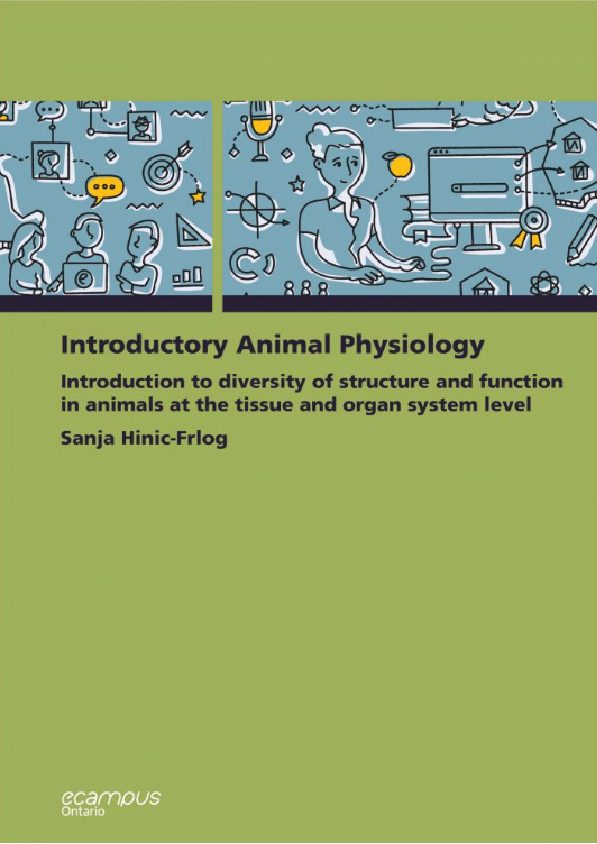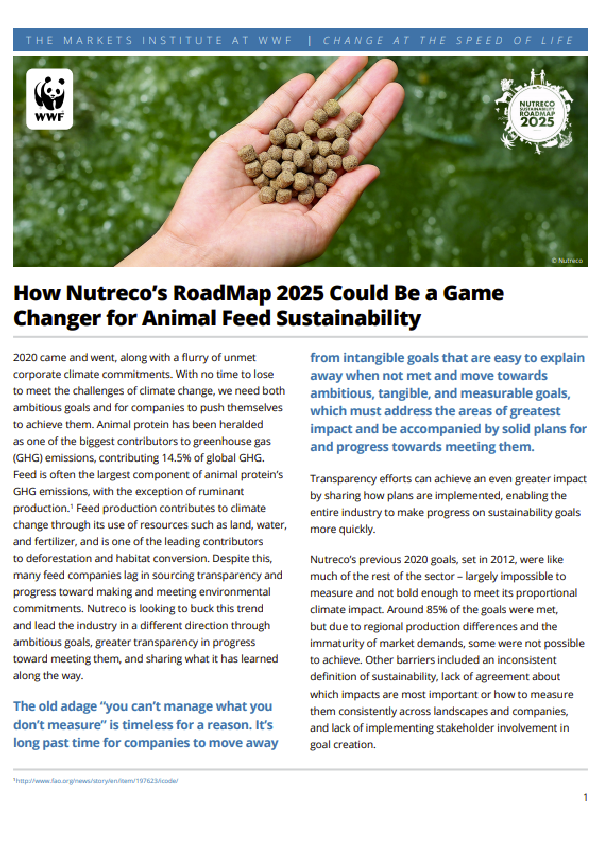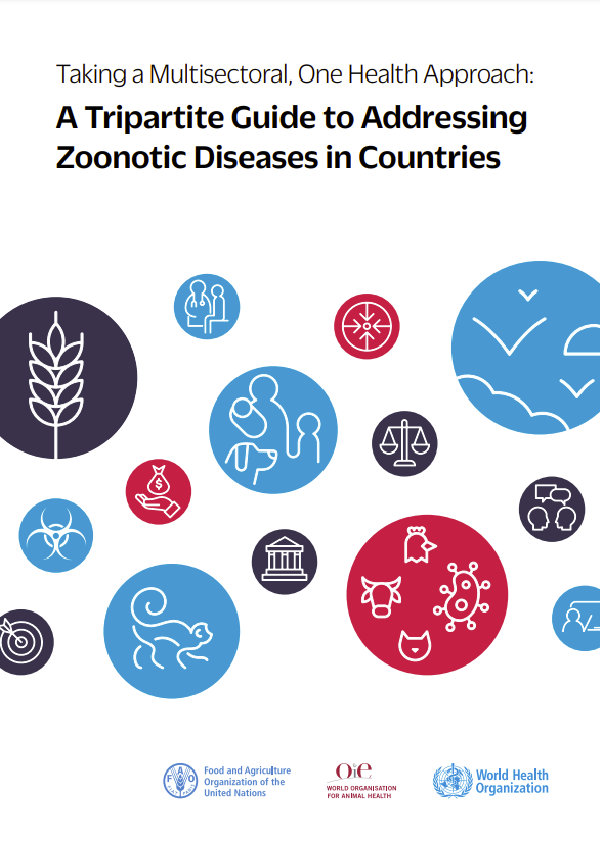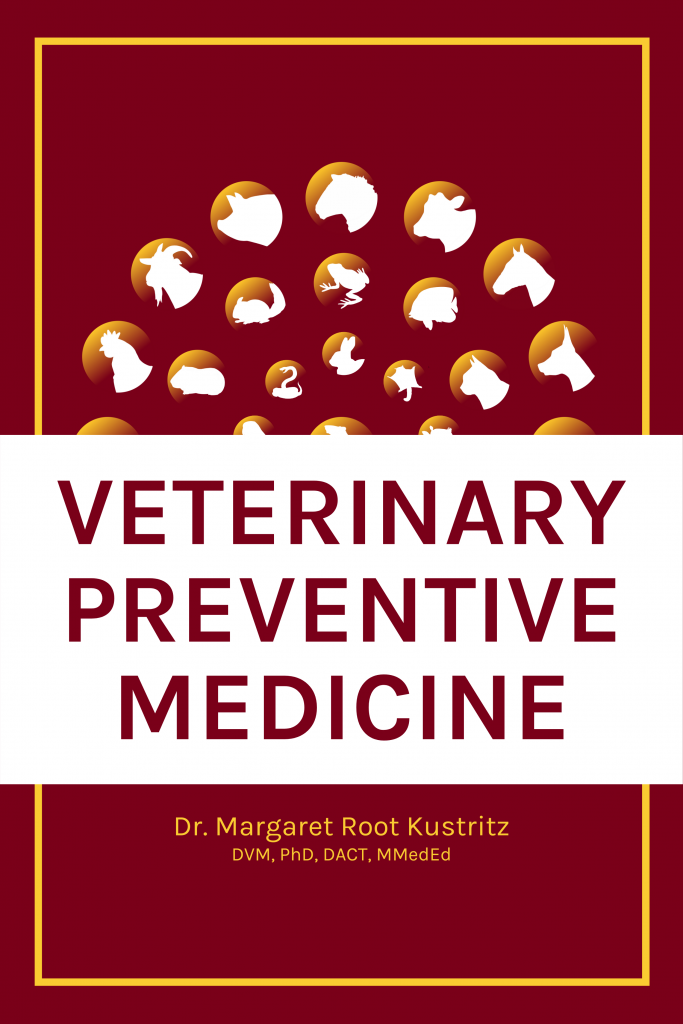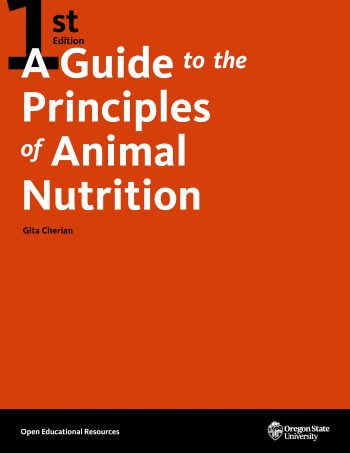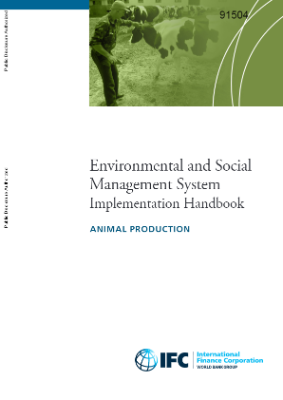This book is an introduction to the diversity of structure and function in animals at the tissue and organ system level. The focus of this book is on principles and mechanisms that sustain life and maintain homeostasis, including water balance, gas exchange, acquisition and transport of oxygen and nutrients, temperature regulation, electrical and chemical signal transmission, sensory processing, and locomotion. The content in this open textbook was adapted from other open textbooks (cc by 4.0) resources or created/written by Sanja Hinic-Frlog and collaborators. Collaborators include: Jessica Hanley, Simone Laughton, and invited undergraduate and graduate students at the University of Toronto Mississauga.
About eCampusOntario
eCampusOntario is a not-for-profit corporation funded by the Government of Ontario. It serves as a centre of excellence in online and technology-enabled learning for all publicly funded colleges and universities in Ontario and has embarked on a bold mission to widen access to post-secondary education and training in Ontario. This textbook is part of eCampusOntario’s open textbook library, which provides free learning resources in a wide range of subject areas. These open textbooks can be assigned by instructors for their classes and can be downloaded by learners to electronic devices or printed for a low cost by our printing partner, The University of Waterloo. These free and open educational resources are customizable to meet a wide range of learning needs, and we invite instructors to review and adopt the resources for use in their courses.
What is Physiology?
Physiology is a study of how animal form or structure and function sustain life and shape responses to environmental conditions. The arctic fox (Figure 1.1), a complex animal that has adapted to its environment, illustrates the relationships between an animal’s form and function. The multicellular bodies of animals consist of tissues that make up more complex organs and organ systems. The organ systems of an animal maintain homeostasis within the multicellular body. These systems are adapted to obtain the necessary nutrients and other resources needed by the cells of the body, to remove the wastes those cells produce, to coordinate the activities of the cells, tissues, and organs throughout the body, and to coordinate the many responses of the individual organism to its environment.
Limits of Life
On Earth, life is based on carbon as a major building block, water as a solvent and chemical bonds and light as life-sustaining energy sources, which seems to be an ideal combination on a terrestrial planet like Earth, which has an average surface temperature of about 15 °C under a pressure of 1 bar. In principle, other building blocks than carbon are feasible, such as silicon, but these would require very different planetary conditions to be used in a comparable fashion to carbon on Earth. Water as a solvent has great benefits and also some challenges (reviewed by Schulze-Makuch and Irwin [Schulze-Makuch & Irwin., 2008]), but being the most abundant molecule on our planet that exists in liquid form, life had simply to adapt to some of its drawbacks. Light is plentiful on our planet, and organic compounds with covalent bonds are versatile at average Earth temperatures, thus providing a powerful combination that resulted on Earth in a biosphere with a large biomass and an incredible biodiversity, including complex life.
There are limits to the conditions under which life can exist on our planet. Most pronounced is the temperature envelope under which active life can exist. Organismic growth can usually occur at temperatures from at least −15 °C to about 113 °C. There are also reports in the literature that the temperature range may even be broader. For example, metabolic activity was inferred down to temperatures of −40 °C due to anomalous concentrations of gases [Campen et al., 2003], and the upper temperature limit may be as high as about 122 °C. At that temperature, methanogenic archaea could be cultured under a pressure of 20 MPa [Takai et al., 2008], only limited by the solubility of lipids in water and protein stability [McKay, 2014]. In principle, if the biochemistry of organisms could be adapted to these extremes, perhaps even higher temperatures may be tolerated, but the practical limit due to energetic and biochemical constraints under which life can still metabolize and reproduce is surely much lower [Schulze-Makuch, 2015]. Hyperthermophilic microorganisms require specialized cell components, like proteins and membranes, to be stable and function at high temperatures. Particularly, at temperatures of 100 °C and beyond, some low molecular weight compounds, such as ATP and NAD, hydrolyze quite rapidly, and thermolabile amino acids, like cysteine and glutamic acid, are decomposing [Stetter, 1999]. The pressure tolerance of life, though, is high and extends to at least 1100 bar 1 [Stan-Lotter, 2007].
